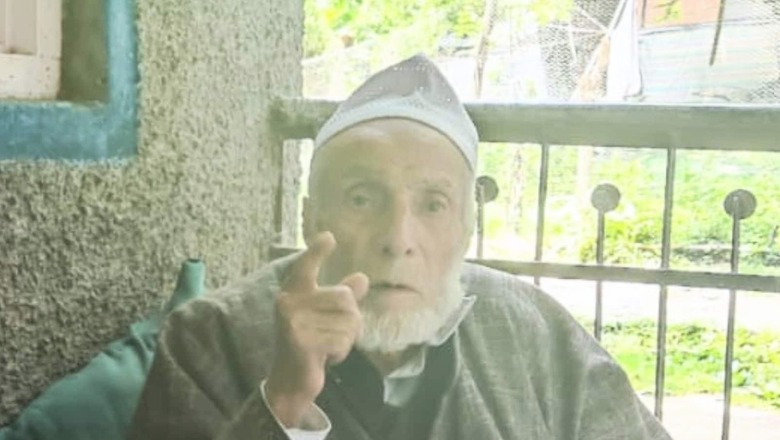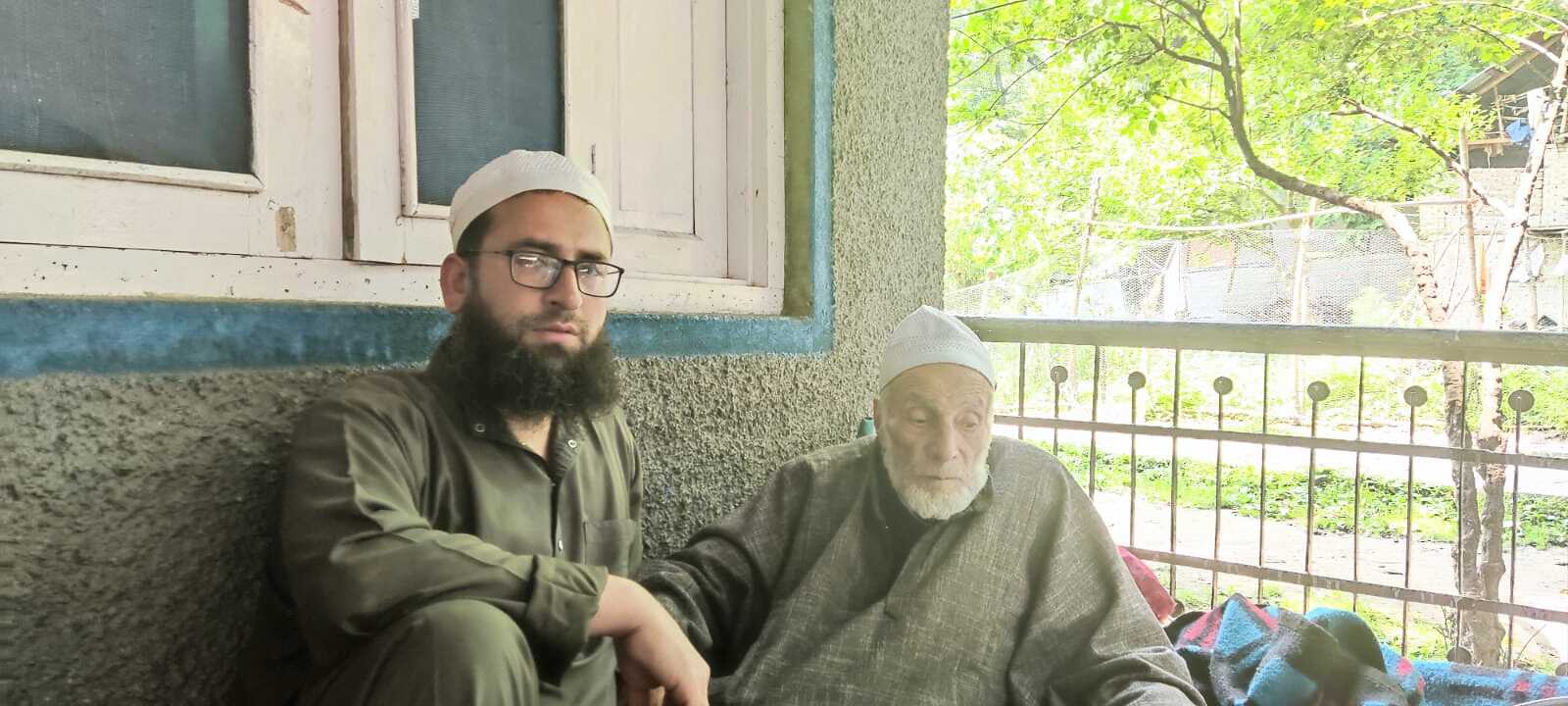
views
Almost all the senior members of the Malik clan in Batkoot village near Pahalgam in Kashmir can recollect personal anecdotes of their association with the Amarnath Yatra but no one will have them better than a 95-year-old frail, diminutive man walking with a little hunch.
Ghulam Nabi Malik has conducted the Yatra for 60 years and he knows all the mountains and the routes to the cave; the shortcuts and the high-altitude pastures and lakes. He can recite lores in reverence of Lord Shiva and even sing them with ease. But his treasured moment has been when Maharaja Hari Singh’s wife Tara Devi gave him a copper tray filled with dates for the service he rendered at the cave shrine in 1947. “I was very young and she gave me this copper plate saying you have done a good job,” Malik said at his home in Batkoot village, which is nearly 10 km short of Nunwan, the entry point to Pahalgam that serves as a base camp for Yatris. It is from here that the yatris start the three-day trek to the cave through the halt camps of Chandanwari, Sheshnag and Panchtarni.
The Malik family has proliferated and spread over an entire village many decades after their great grandfather named Buta Malik discovered the holy cave. Legend has it, that in 1850, he had taken his sheep and goat herd beyond the Sheshnag lake into the pastures when he accidentally discovered the cave. Excited at what he had seen, he descended quickly to tell Kashmiri Pandit seers at neighbouring Mattan temple about his uphill experiences. Next, the cave became both popular and reverential and the Yatra became a yearly ritual. The Maliks, the Pandits and non-local seers began to conduct the pilgrimage almost every year, which ended with the puja on ‘Shravana Purnima’.
The Maliks had been carrying the legacy of their ancestors till early 2000 but were disassociated immediately thereafter by then state government, which created Shri Amarnath Shrine Board, an exclusive body under the State Governor to conduct the Yatra.
It has been almost 20 years since the Maliks were disassociated with the Yatra but that, however, has not stopped recounting the bond they shared with the pilgrims.
This year, the annual Amarnath Yatra started after a gap of two years due to the outbreak of Covid-19. So far, more than 70,000 pilgrims had the ‘darshan’ of the icy stalagmite or the ‘Shivlingam’. The government expects 8 lakh people to make it to the cave this year — a far cry from the times when Malik used to conduct the yatra for two weeks with a few thousand pilgrims.
As Malik stretched himself on the verandah to face the sun, he recalled how the Yatra strengthened the bonds between Hindus and Muslims. A glimpse of that age-old practice is seen even today when local Muslims carry weak and disabled pilgrims on palanquins and horse backs to the cave and back. In return, pilgrims share their experiences during the long, difficult and, sometimes, dangerous journey.
Malik says some pilgrims who visited the cave regularly for 20 to 30 years would stop at Batkoot village and enquire about his family but ever since the pilgrims have been travelling in security conveys, those visits have stopped.
“Many yatris would feel the yatra was incomplete unless they did not pay a visit to our family,” he said.
Iqbal Ahmad, Malik’s grandson, says the youngsters would often listen to the stories of the pilgrimage from their elders. “My grandfather has lived the experience of the yatra. He has forgotten some due to old age but recalls them quickly if someone makes a mention,” Iqbal said.

“The yatra was a great example of brotherhood seen nowhere in the world,” said Mohammad Akram Malik, Nabi Malik’s cousin.
The yatra is being guarded by additional 35,000 troops this year and nothing has been left to chance.
Militant groups have been repeatedly issuing threats to target the yatra saying “under its guise, some nefarious designs to settle outsiders into Valley are being carried out”.
The Maliks of Batkoot, however, see the yatra in a different context; as a fulfilment of their ancestors’ belief in communal amity and syncretic culture.
Read all the Latest News, Breaking News, watch Top Videos and Live TV here.

















Comments
0 comment